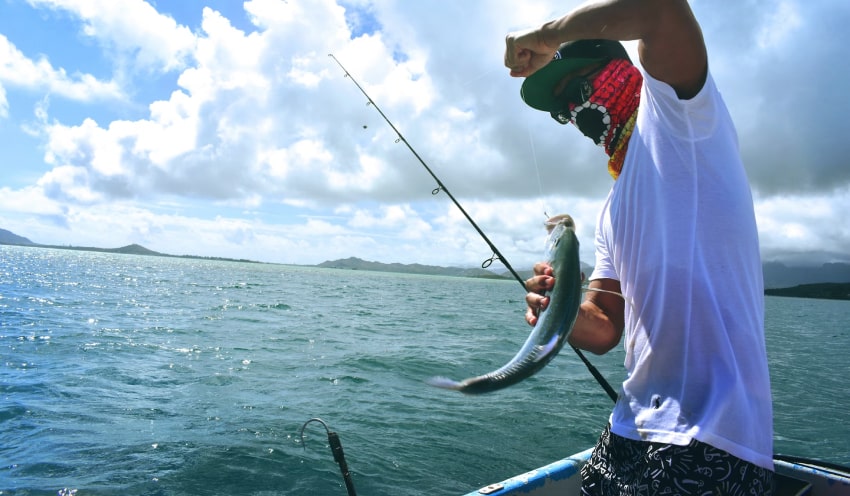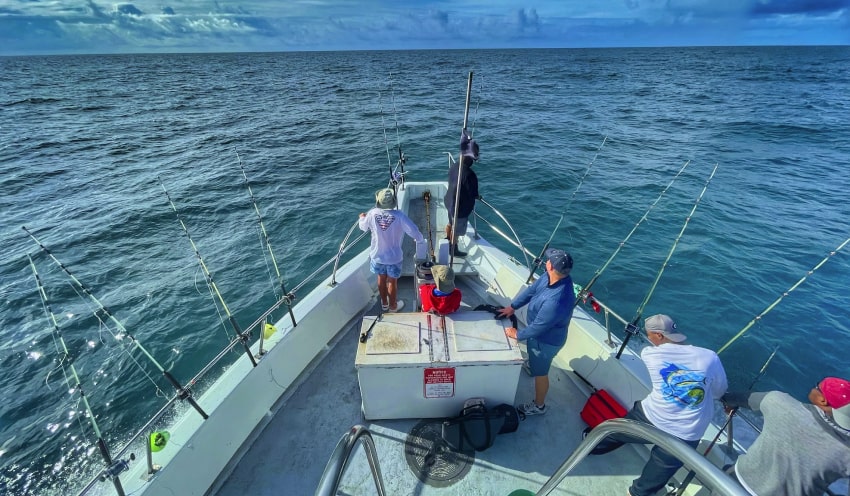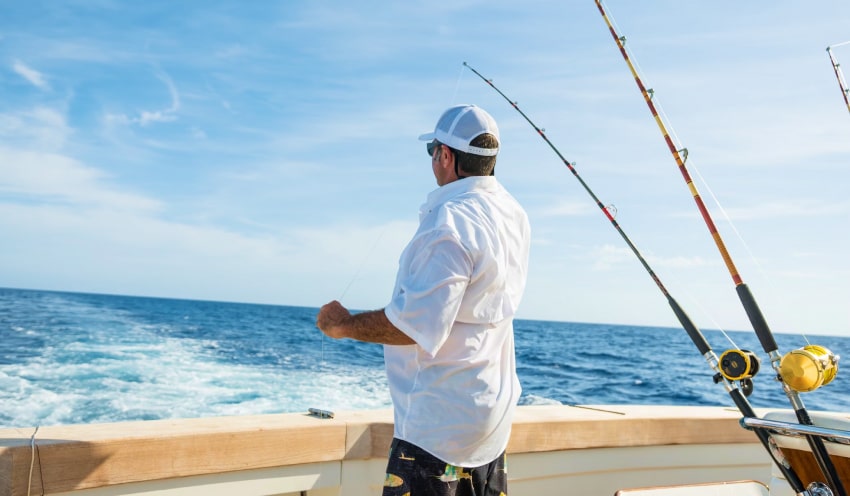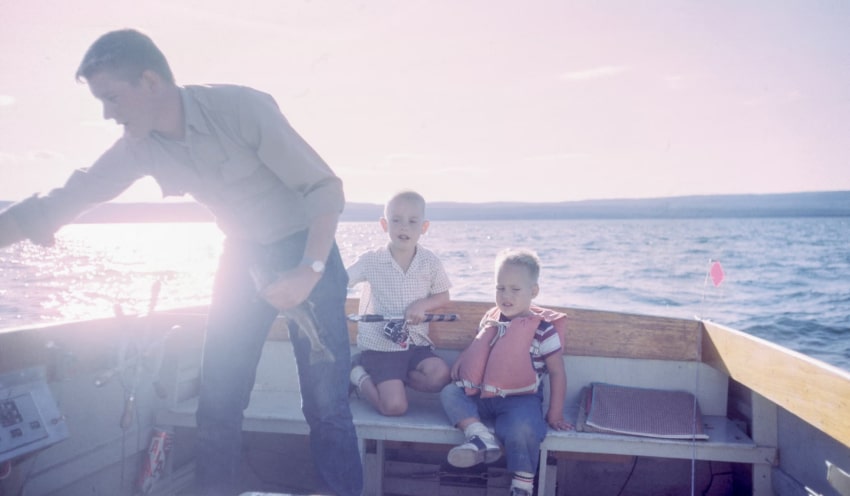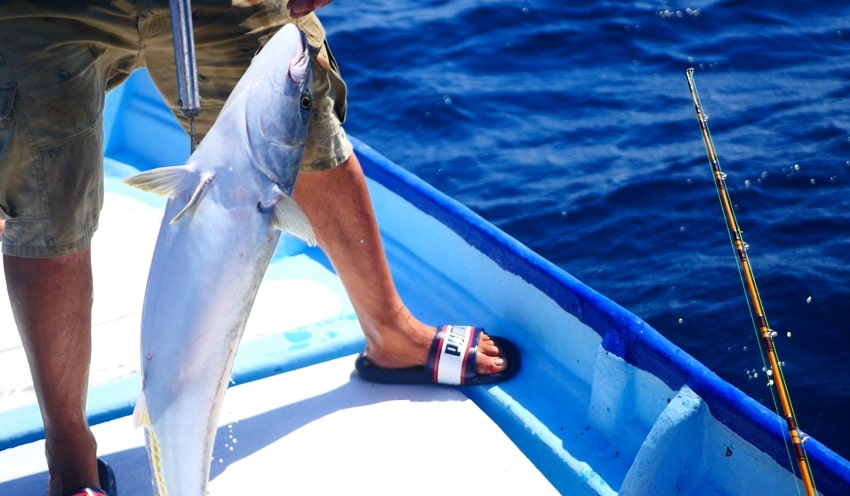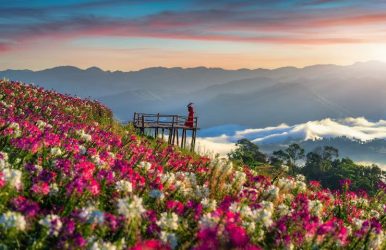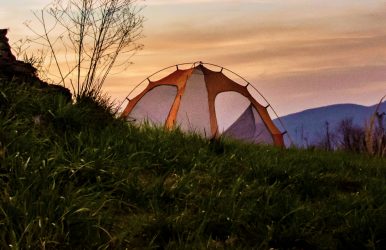Boat Trips And Czech Cuisine: A Taste Of Prague’s Culinary Delights
BY Arnab Jun 2, 2023
Prague, the capital city of the Czech Republic, is a renowned tourist destination that offers a unique blend of history, culture, and stunning architecture. One of the city's most distinctive features is its connection to the Vltava River, which flows through the heart of Prague. This river has played a vital role in shaping the city's history and culture, and it offers an exciting opportunity for visitors to explore Prague's attractions from a different perspective. When combined with the rich and flavorful Czech cuisine, boat trips in Prague become a truly delightful experience for food and travel enthusiasts alike. Exploring Prague's Waterways The Vltava River is not only a picturesque waterway but also a significant part of Prague's heritage. It has witnessed the city's growth and has been a source of inspiration for artists and writers throughout the centuries. When exploring Prague's waterways, visitors can marvel at iconic landmarks like the Prague Castle, Charles Bridge, and the National Theatre from the comfort of a boat. There are various boat trip options available, ranging from guided tours with informative commentary to self-guided rentals for those seeking a more independent experience. A Gastronomic Journe Czech cuisine is a rich culinary tradition that reflects the country's history and cultural influences. It is known for its hearty dishes, generous portions, and bold flavors. Traditional Czech cuisine incorporates ingredients such as meat, potatoes, cabbage, and mushrooms, resulting in satisfying and delicious meals. The cuisine is also heavily influenced by neighboring countries such as Germany, Austria, and Hungary, creating a fusion of flavors that is unique to Czech cuisine. Food holds great importance in Czech culture, with traditional dishes often being featured in local festivals and celebrations. Fusion of Flavors: Czech Cuisine on Boat Trips Combining boat trips with Czech cuisine offers an excellent opportunity to indulge in the country's culinary delights while enjoying the scenic views along the Vltava River. Many boat trip providers, such as Alle.Travel, offer onboard dining options, allowing visitors to savor traditional Czech dishes as they cruise through Prague's waterways. From the iconic svíčková (marinated beef with a creamy sauce) and hearty goulash to the irresistible aroma of trdelník (sweet pastry) and the world-famous Czech beers, the flavors of Czech cuisine truly come to life during these boat trips. Don't forget to leave room for dessert, as the boat trips also provide the chance to sample traditional Czech pastries and sweets. Best Boat Trips for Food Enthusiasts For food enthusiasts seeking an unforgettable culinary experience in Prague, there are specific boat trip providers and tours that cater to these desires. These tours often focus on showcasing the best of Czech gastronomy, offering food tastings, traditional meals, or even onboard cooking demonstrations. Some boat trips feature themed cruises centered around specific Czech dishes or local specialties, providing a deeper understanding of the culinary traditions and cultural heritage. Beyond the Food: Additional Attractions and Activities While the focus of boat trips in Prague is undoubtedly on the cuisine, there is much more to experience during these waterborne adventures. The breathtaking views of Prague's historic landmarks and architectural wonders from the river create a unique perspective that cannot be fully appreciated from the land. Additionally, some boat trips offer live music, entertainment, or themed events, adding an extra layer of excitement to the journey. Tips for an Unforgettable Experience To ensure an unforgettable boat trip and culinary experience in Prague, consider a few practical tips. It is advisable to book boat trips in advance, especially during peak tourist seasons, to secure a spot. Check the weather forecast and dress appropriately for the day, and don't forget to bring essential items such as sunscreen, a hat, and comfortable shoes. It's also a good idea to arrive early to avoid any potential queues and to secure a desirable seating position on the boat. Consider exploring different time slots for boat trips, as sunset or evening cruises can provide a romantic and enchanting atmosphere, with the city's illuminated landmarks creating a magical backdrop. Conclusion Embarking on a boat trip along the Vltava River in Prague is not just a scenic adventure but also a culinary journey that allows visitors to savor the flavors of Czech cuisine. The combination of boat trips and Czech cuisine offers a unique and enriching experience, where travelers can indulge in traditional dishes, enjoy breathtaking views, and immerse themselves in the vibrant culture of Prague. Whether it's a guided tour or a self-guided rental, these boat trips provide a fantastic opportunity to appreciate the city's history, architecture, and culinary delights in a memorable way. So, set sail on the Vltava River and let the fusion of flavors and the beauty of Prague's waterways take you on a truly remarkable adventure. Read Also: Top 10 National Parks In Oregon That You Need To Explore In 2023! A Detailed Guide On Malaysia Bay – From Traveling To Outing Speed Boat Miami Tour – Sightseeing And Entertainment

